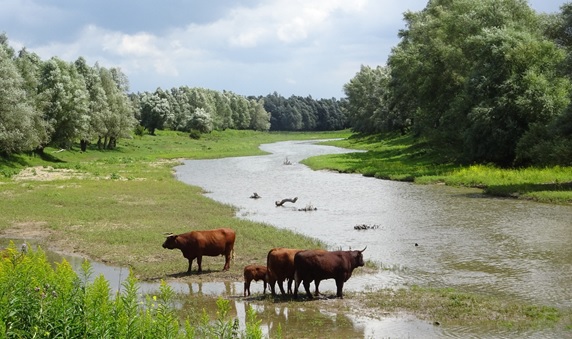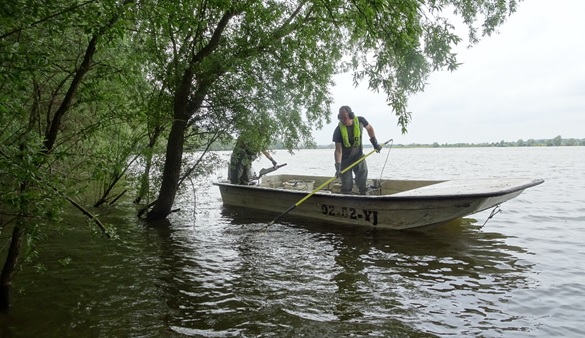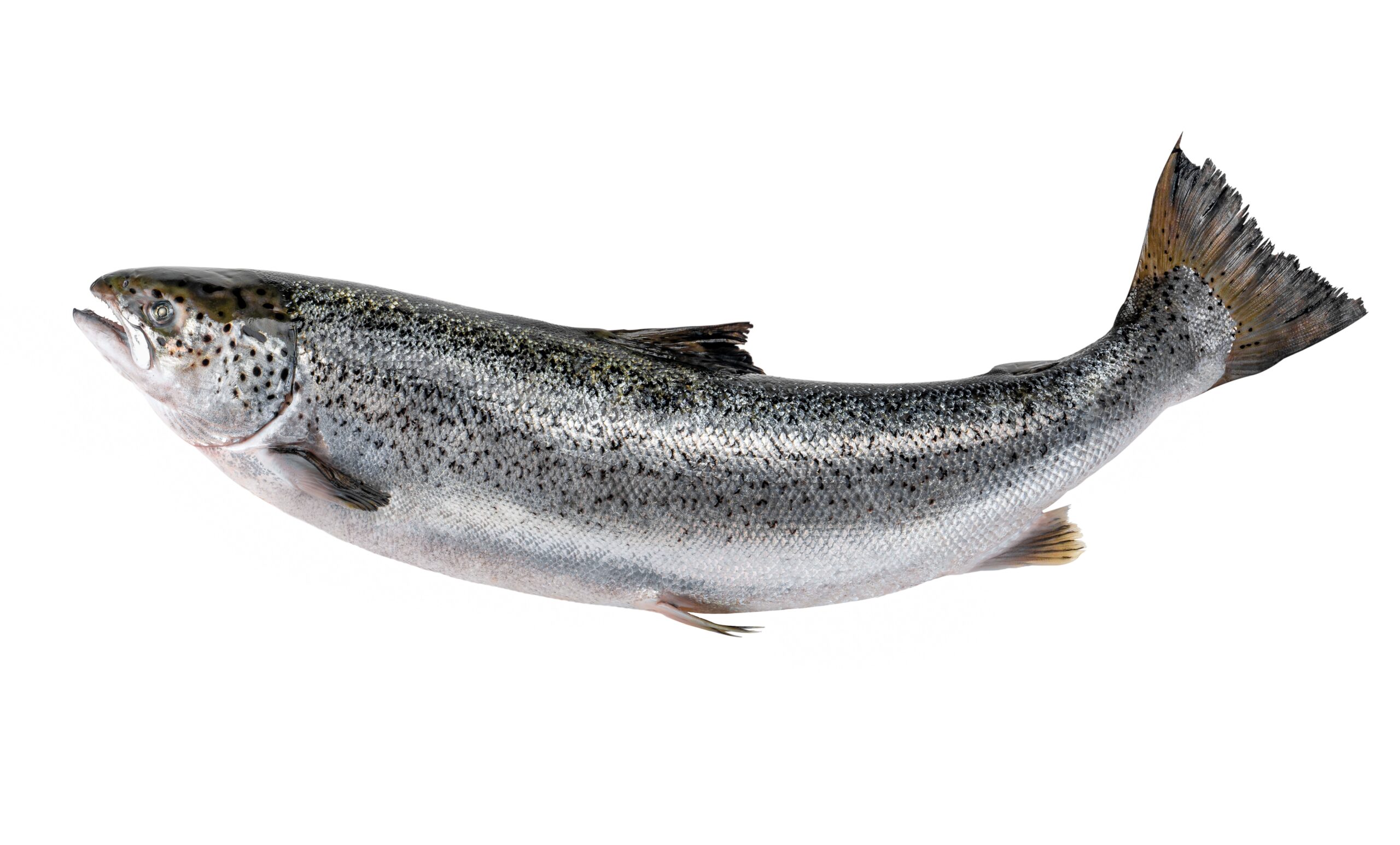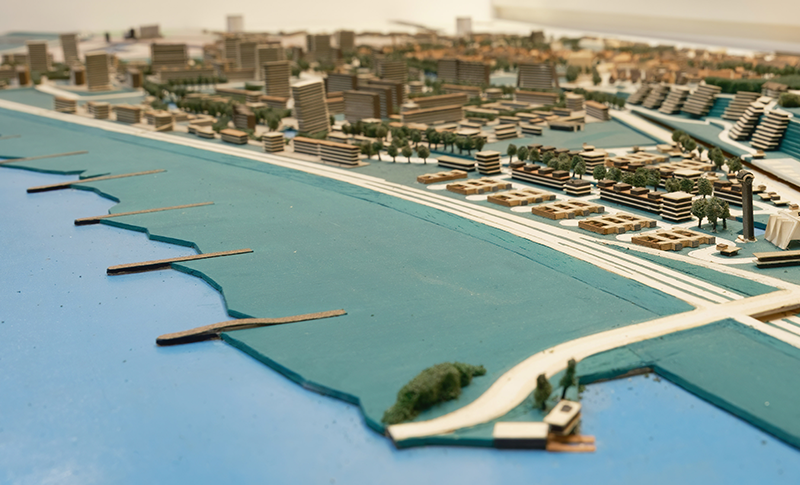Floodplains in the Netherlands have been overhauled in recent decades in an effort to mitigate the risk of flooding. Rivers were literally given more room as floodplains were restored, often through the construction of side channels and waterways. Theoretically, these interventions created an excellent breeding ground for fish. The fish population in rivers has, however, not increased. Doctoral candidate Twan Stoffers analysed the situation.
He concludes that the breeding grounds are good enough as long as there is sufficient diversity in the living environments created through these recovery projects. The youngsters of freshwater fish that require running water, such as nase, common dace and ide, thrive in the side channels. Their population is fourfold that of the waterways, which only connect to the river on one side.
Greatest density
In contrast, the waterways with hardly any current show the greatest population density. Stoffers: ‘The waterways offer abundant food, and species that do not require flowing water, such as bream, common roach and perch, thrive there. Eighty per cent of the young fish belong to these species.’ These known species also occur in the side channels, which thus boast the greatest biodiversity.

The results are based on an extensive measuring programme. The fish population was monitored in one location of the Ijssel and two locations in the Waal during the growing season in collaboration with Rijkswaterstaat. Stoffers and a team of students went fishing between March and October for two consecutive years, mapping the fish population, habitat and food availability in the same place every week.
‘A hell of a job, which has yielded unique insights into the way young fish use habitats and how this fluctuates’, Stoffers clarifies. ‘A huge dataset, which could easily allow me to obtain another PhD.’ The data were added to an extensive investigation commissioned by Rijkwaterstaat on the ecological quality of 46 recovered floodplains.
Decreasing water levels frequently cause the breeding ground to become disconnected from the river early on in the season
Twan Stoffers, mariene biologist
The data also taught Stoffers that there is no such thing as the ideal breeding ground. ‘There is no one-size-fits-all. Each species has its own ideal habitat, which changes as the fish mature. Thus, the diversity of habitats is essential. Not all flood plains need to be suitable for all species. You could construct different habitats, ultimately facilitating all the different species.’
Deep trough
Still, the breeding grounds do not noticeably improve the fish population in the rivers. According to Stoffers, this is due to the connection with the river. ‘After the first year in the breeding ground, many of the fish migrate to the river, and that’s where things go wrong. Decreasing water levels frequently cause the breeding ground to become disconnected from the river early on in the season. Moreover, the river is little more than a deep water trough from which the water is drained as quickly as possible. As a living environment, far from ideal for most fish species.’
The uniform habitat and resulting food web leave much to be desired, according to Stoffers. ‘Most freshwater fish require a particular habitat and food source. Spawning habitats are also lacking in our rivers. There are very few spawning grounds, quiet spots in the river with pebble floors, in the Dutch rivers.’

 Sampling young fish in the Hurwenense Waard. Photo Margriet Schoor
Sampling young fish in the Hurwenense Waard. Photo Margriet Schoor 

